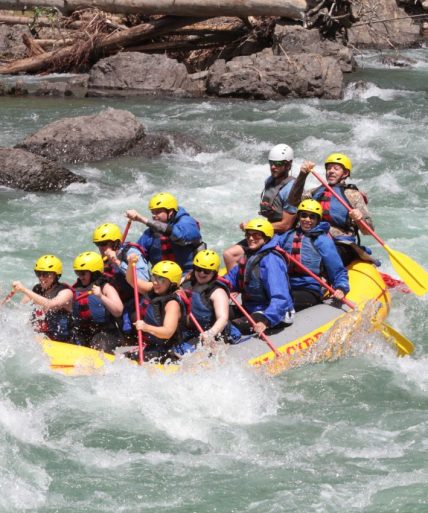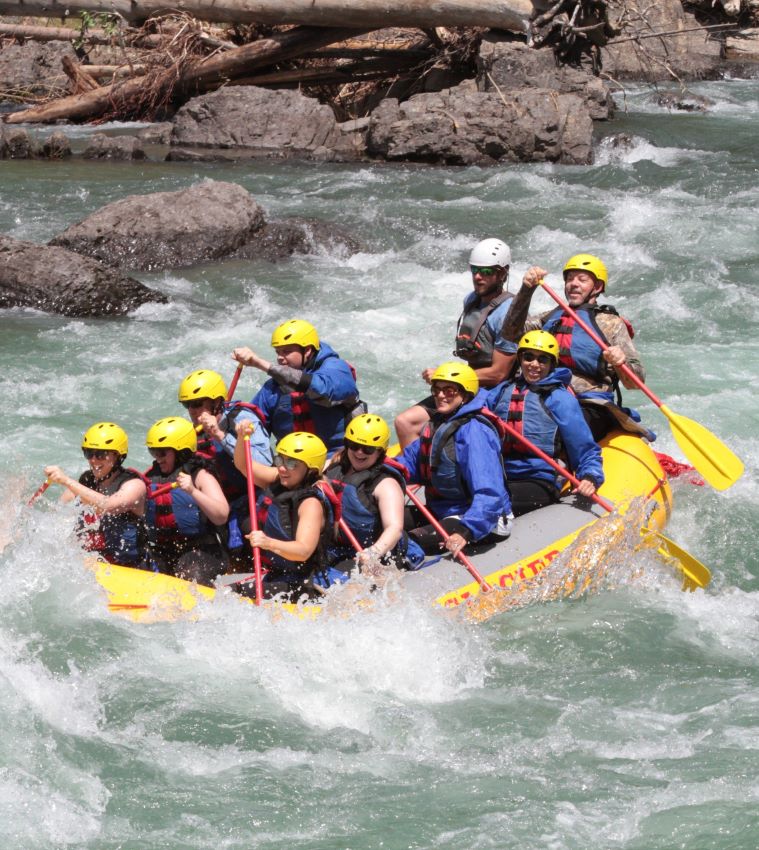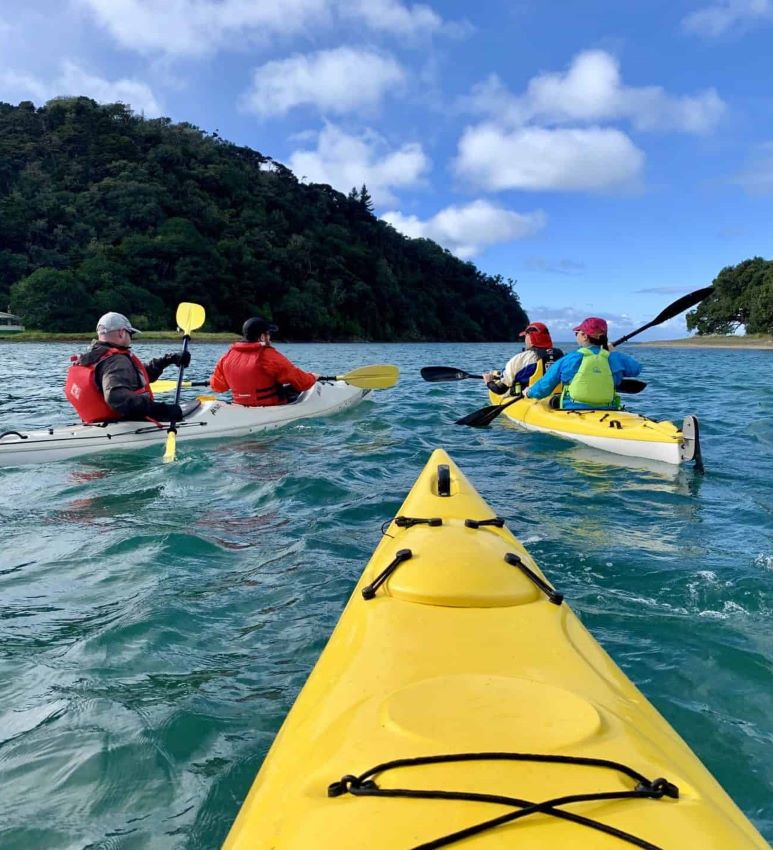Ever wondered how to supercharge your team’s collaboration, ignite their creativity, and glue them together like a big, happy family?
Well, you’re in the right place!
In this blog, we’ll unlock the secrets to designing custom team retreats for great results and successful outputs.
We’ll discuss setting objectives, talk about selecting the right location, and tackle the challenges of planning team-building activities.
How to Design Unforgettable Team Retreats
1. Define Your Corporate Retreat Objectives
Setting clear objectives for a corporate retreat is like having a roadmap for an epic journey.
It's your compass, ensuring everyone's on the same page.
These objectives should be aligned with your team's goals.
For example, if your team's grappling with communication problems, make it your retreat mission to smooth things out.
Or, if leadership skills need a boost, craft objectives to foster those qualities in your team leads.
Bottom line: clear objectives make your retreat purposeful, focused, and memorable.

2. Understand Your Team's Needs
Understanding your team members' individual needs and preferences is like tailoring a suit - it ensures a perfect fit for success.
Surveys, one-on-one chats, and assessments act as your measuring tape, helping you gather crucial insights.
Remember, it's not just about the office stuff; consider personal aspirations and interests too.
By doing this, you create a retreat that resonates on both professional and personal levels.
3. Choose the Right Location
The retreat location influences the entire experience for everybody involved.
When choosing a location, several factors come into play:
- Your budget
- Accessibility of the location
- Safety and security in the area
- Types of accommodations on-site
- Available amenities
- Weather conditions especially if you're taking your corporate retreats international
- Catering options and whether they can accommodate any dietary restrictions
Choose wisely to make your corporate retreat a resounding success!
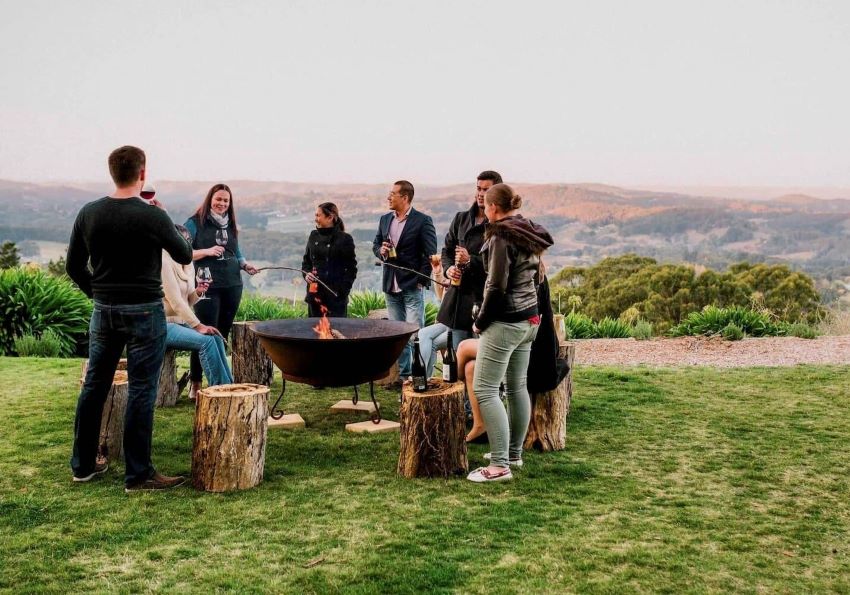
4. Craft a Tailored Agenda
Creating a retreat agenda that aligns with your objectives involves a structured approach:
Clarify Objectives:
Begin by revisiting your retreat objectives and breaking them down into specific goals, such as improving communication, enhancing leadership skills, or boosting team morale.
Prioritize Activities:
Identify the key activities, workshops, or exercises that directly address these goals. Ensure they are at the core of your agenda.
Organize Thoughtfully:
Arrange activities logically, considering the flow of the retreat. Start with icebreakers to build rapport and gradually move into more focused sessions.
Balance Work and Relaxation:
To maintain energy and engagement, mix work-related sessions with relaxation and team-building activities.
Include Downtime:
Allocate free time for team members to unwind, socialize, and recharge. This can foster informal connections and creativity.
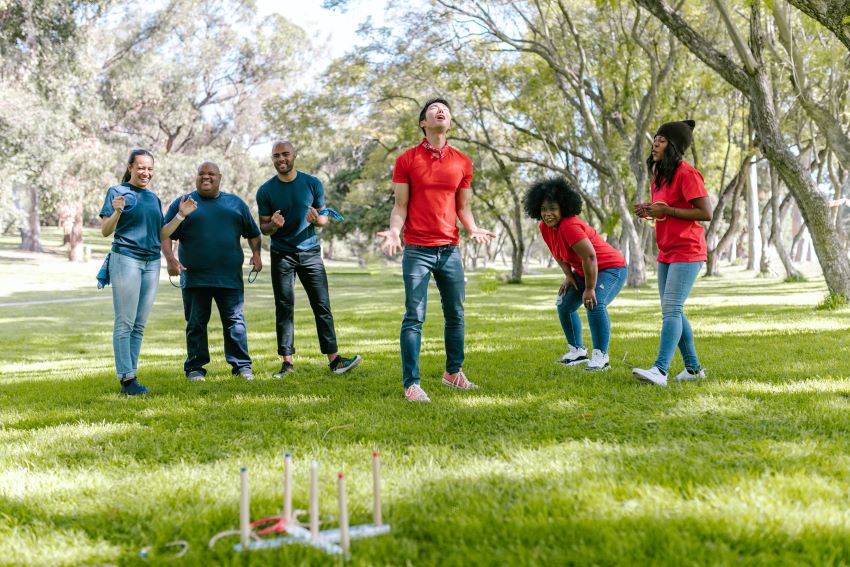
5. Facilitate Meaningful Workshops and Activities
Facilitating meaningful workshops and activities at a corporate retreat involves several key steps:
Step 1 - Identify the specific skills or knowledge needed for each workshop or activity to meet your retreat objectives.
Step 2 - Develop a comprehensive plan and materials in advance, ensuring the content aligns with your goals.
Step 3 - Encourage active participation and open dialogue among team members. It fosters a collaborative learning environment.
Step 4 - Be flexible and ready to adjust the workshop's pace or content to address participants' needs and feedback.
Step 5 - Allocate time for reflection and discussion after each activity to connect the learning to real-world applications.
Hiring experienced facilitators or trainers is essential when specialized knowledge or expertise is required.
They can provide valuable insights, maintain engagement, and ensure the workshop's success, ultimately helping your team achieve the retreat's objectives effectively.
6. Promote Open Communication
Open communication is the glue that holds the success of corporate retreat objectives together.
To create a safe and inclusive space for team members to open up:
- Start with icebreakers to ease tension and build trust.
- Encourage everyone to truly listen to each other, without judgment or interruption.
- Establish ground rules for respectful communication.
- If you want, break into smaller groups for more intimate discussions.
- Provide a way for team members to share thoughts anonymously, if needed.
By encouraging open communication, you'll uncover insights, address concerns, and ensure everyone feels heard and valued.

7. Inclusivity and Diversity
Creating an inclusive and diverse corporate retreat is pivotal in today's global workplace.
It recognizes the rich tapestry of backgrounds, cultures, and perspectives within your team.
To ensure all participants feel valued and respected:
- Acknowledge and respect cultural differences, incorporating activities and themes that embrace diversity.
- Encourage active participation from all team members, ensuring everyone has a voice and opportunity to contribute.
- Make the retreat location and activities accessible to individuals with varying abilities and needs.
- Craft a diverse agenda that reflects the interests and preferences of a wide range of participants.
- Enforce a strict policy against discrimination or bias. Every team member should feel safe and included.
By prioritizing inclusivity and diversity, you'll not only boost team morale but also harness the power of different perspectives.
8. Include Fun Team-Building Challenges
Adding fun challenges or competitions to your corporate retreat will inject it with a dose of adrenaline!
With these exciting challenges, you and your teammates can sharpen problem-solving skills, and spice up the atmosphere with healthy competition.
For instance, an Escape Room challenge can test resilience and collaboration.
A friendly cooking competition can ignite creativity and innovation… The possibilities are endless!

9. Emphasize on Mindfulness and Well-Being
Incorporating mindfulness and well-being practices into a corporate retreat is like giving your team a mental and emotional spa day.
It's a chance to hit the reset button and rejuvenate. 🧘♀️🌿
Activities like meditation, yoga, or nature walks act as a calming oasis amid the hustle and bustle of corporate life.
They're known to reduce stress, boost mental clarity, and enhance overall well-being.
By offering these practices, you empower your team to return to work with a fresh perspective, increased resilience, and a renewed sense of purpose.
10. Include Creativity and Innovation Workshops
Incorporating workshops and activities that fuel creativity and innovation is like adding rocket fuel to your team's brainstorming sessions!
Exercises like brainstorming without limits, mind mapping, storyboarding, reverse brainstorming, or even playful activities like building with Legos can break down mental barriers and encourage thinking outside the box.
Creativity and Innovation workshops will help open up a treasure chest of fresh ideas and innovative solutions.

11. Factor in Sustainability
Sustainability in corporate retreat planning isn't just a buzzword; it's a game-changer.
For corporate retreat planners, embracing eco-friendly practices isn't just about reducing the carbon footprint; it's a statement of corporate responsibility.
Choosing sustainable retreat options, like venues with green certifications, minimizing waste, and opting for local, organic food sources, not only minimize environmental impact but also align with corporate social responsibility (CSR) initiatives.
And knowing that your retreat doesn't harm the environment but contributes positively can boost team morale and cohesion.
12. Budgeting for Your Retreat
Here are some factors to consider while deciding a budget for your custom corporate retreat:
Prioritize Objectives:
Begin by clearly defining your retreat objectives.
Allocate a budget based on the activities and experiences that align with these goals.
Accommodation Options:
Consider various accommodation types, from luxury resorts to cozy cabins, and choose one that fits your budget while providing the desired level of comfort.
Catering:
Estimate food costs by deciding whether you'll have on-site dining, catering, or a combination.
Don't forget to consider dietary preferences and restrictions.
Transportation:
Factor in transportation costs, whether it's airfare, bus rentals, or mileage reimbursements for those driving.
Activities:
Allocate funds for team-building activities, workshops, and external facilitators.

13. Budget-Friendly Options
Designing a custom team retreat can turn into an expensive affair.
And we understand that not every organization can splurge on extravagant team retreats.
But here's the good news - cost-effective options can be just as rewarding!
Here are 6 budget-friendly suggestions:
1. Local Venues:
Explore nearby locations for retreats, such as community centers, parks, or even your own office space.
You'd be surprised at the hidden gems in your backyard.
2. DIY Activities:
Get creative with DIY team-building activities.
Scavenger hunts, karaoke nights, group cooking challenges, or talent shows can be fun and cost-effective.
3. Virtual Retreats:
With virtual retreats, the possibilities are endless!
You can host video conferences, webinars, or online workshops to achieve retreat objectives while minimizing travel and accommodation costs.
4. Shared Accommodations:
If an overnight stay is essential, consider shared accommodations like vacation rentals, cabins, or hostels.
5. Local Catering:
Opt for locally sourced or homemade catering options to save on food expenses.
Potluck-style meals or picnics can also be both cost-effective and enjoyable.
6. In-House Facilitators:
Utilize internal talent by having team members lead workshops or team-building exercises.
Their expertise can enhance the retreat experience without additional trainer fees.
Remember, a successful retreat doesn't hinge on a big budget.
It's about creativity, teamwork, and shared experiences.
With the right approach, even budget-friendly custom retreats can leave a lasting impact on your team.

14. Evaluate the Retreat's Success
Measuring the success of your team retreat is like checking if your compass got you to your destination - it's essential to know if you're on track.
To measure success:
- Review your initial retreat objectives and compare them to what was achieved. Did you improve communication, boost morale, or meet other goals?
- Collect feedback from participants using surveys, post-retreat interviews, or anonymous suggestion boxes. Find out what worked, what didn't, and what could be improved.
- Use metrics or data whenever possible to assess progress. Did you see a measurable increase in team productivity, for example?
15. Creating Lasting Impact
Sustaining the positive effects of a corporate retreat beyond the event is super important.
To achieve this, it's essential to integrate retreat activities into regular work life, leveraging the skills and bonds forged during the retreat in projects and collaborations.
Leadership also plays a pivotal role in this journey by championing the retreat's lessons and objectives, leading by example.
By making retreat lessons a part of your team's daily routines and consistently reinforcing them, you ensure that the retreat's impact lingers.
And, incorporating received feedback into future retreat planning helps adapt and evolve to meet changing team needs and preferences.
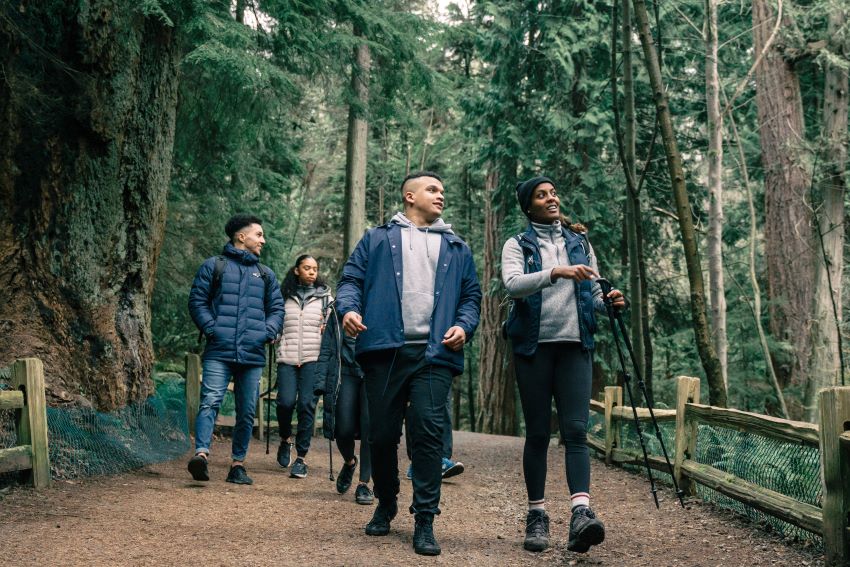
Ready to plan your next team retreat? We can help!
We’ve organized group travel for over 10,000 guests, from intimate gatherings of 20 people to dynamic events for 850+ attendees.
Contact us at TeamRetreats.com to get started, or call us at (877) 771-2589.
Talk to you soon!

